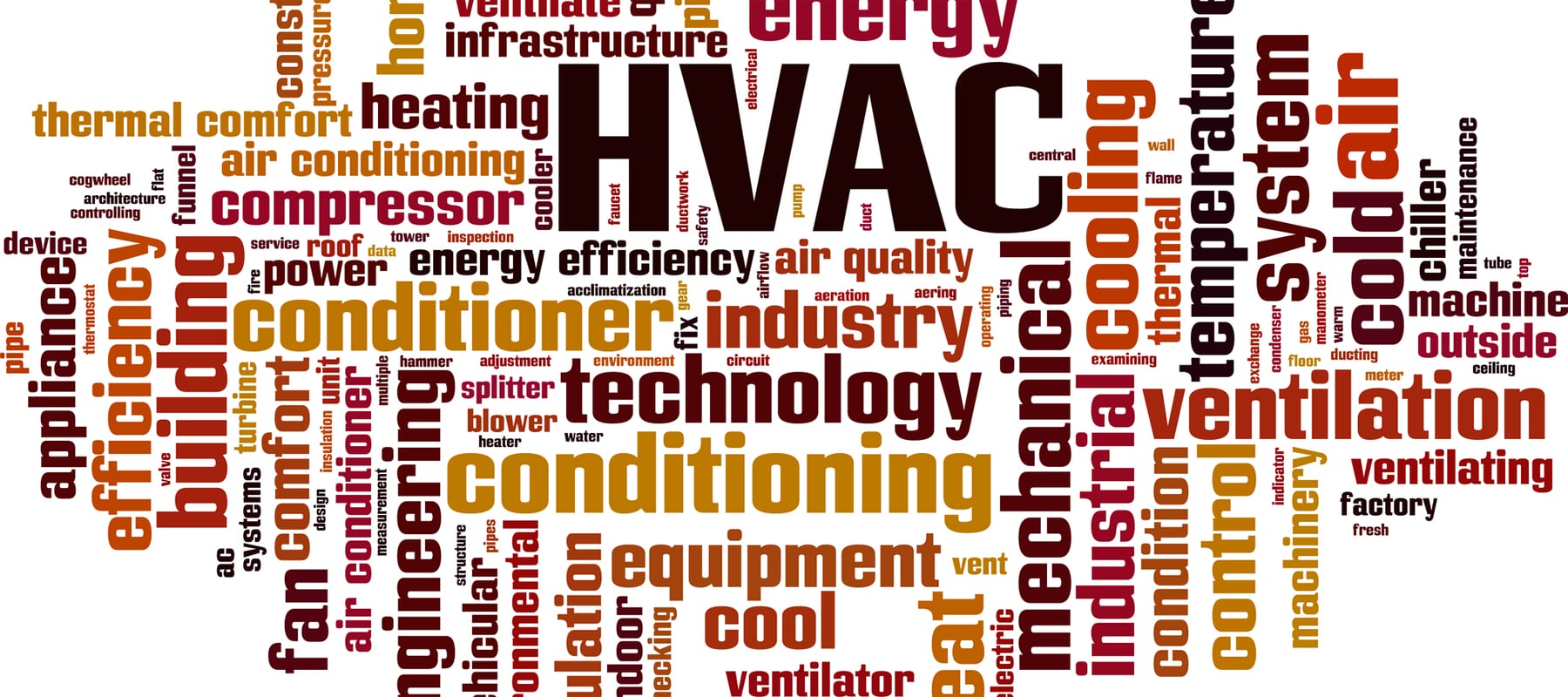How Much Does a Wood Stove Cost?
Last Updated: January 19, 2022
On This Page
Wood burning stoves, once a home mainstay, are considerably less popular in an age where forced hot air systems, not to mention pellet and gas stoves, are available for home heating. Still, with fossil fuel costs on the rise, wood stoves are an attractive option as a supplemental, or even main, heat source. Plus, there's nothing quite like the crackle and smell of a real wood fire, and for some, the self-sufficiency aspect of wood heating makes it unbeatable. Whatever your reasons for wanting to install a wood stove, this buying guide will make it easier by breaking down the major wood stove options and costs.
Wood Burning Stove Options #
Catalytic vs. Non-Catalytic #
A wood stove with a catalytic combustor re-burns smoke gases and particles to achieve a lower-temperature burn that lasts longer and provides more even heat output. The catalytic combustor, or converter, is a honeycomb-like structure that needs to be replaced every 2 to 6 years depending on how often the stove is used and maintained. Because they "recycle" combustibles, catalytic stoves are cleaner-burning.
Non-catalytic stoves introduce combustion air to the stove and are capable of achieving complete combustion, that is, a more roaring fire. Though less-efficient and more polluting than catalytic stoves, non-catalytic units are less expensive and simpler to maintain.
Freestanding vs. Insert #
A wood stove insert is designed to be placed inside of an existing fireplace and vented through the chimney. Inserts transform an inefficient fireplace into a much more efficient heat source, although they are less efficient than freestanding wood stoves. Be sure to choose a model that fits inside of the fireplace opening.
While a freestanding stove can technically be placed anywhere, it must be installed on a heat-resistant surface such as a masonry hearth or hearth pad and located a safe distance from combustible materials such as furniture and drapes. Furthermore, a freestanding wood stove must be vented through either a masonry chimney or an insulated metal chimney. If using a masonry chimney, it may be necessary to add a liner.
Size #
Wood stoves are available in small, medium, and large sizes capable of everything from "zone heating" for a single room to heating a small house or cottage to providing heat for a larger home. While the size of the unit generally determines its maximum heat output, it's also important to also consider the manufacturers Btu/h rating (British Thermal Units per hour). As a rule of thumb, you'll need at least 5,000 Btu/h to heat a 200 square foot area. It is recommended to let a professional assess what stove size is appropriate for your needs.
Wood Stove Average Costs #
The actual wood stove cost depends on the size and type of unit, your location, the complexity of the installation, and other factors.
A wood stove costs $250 to $3,500 or more.
A wood stove fireplace insert costs $750 to $3,000 or more.
Wood stove installation cost starts at $250 to $500 and can run as high as $500 to $1,500+.
Upgrading your chimney might cost $500 to $2,000 or more.
A hearth pad costs $300 to $600+.
Annual chimney cleaning and inspection costs $200 to $400.
The cost of wood is cheaper than natural gas, oil, propane, and electricity.
